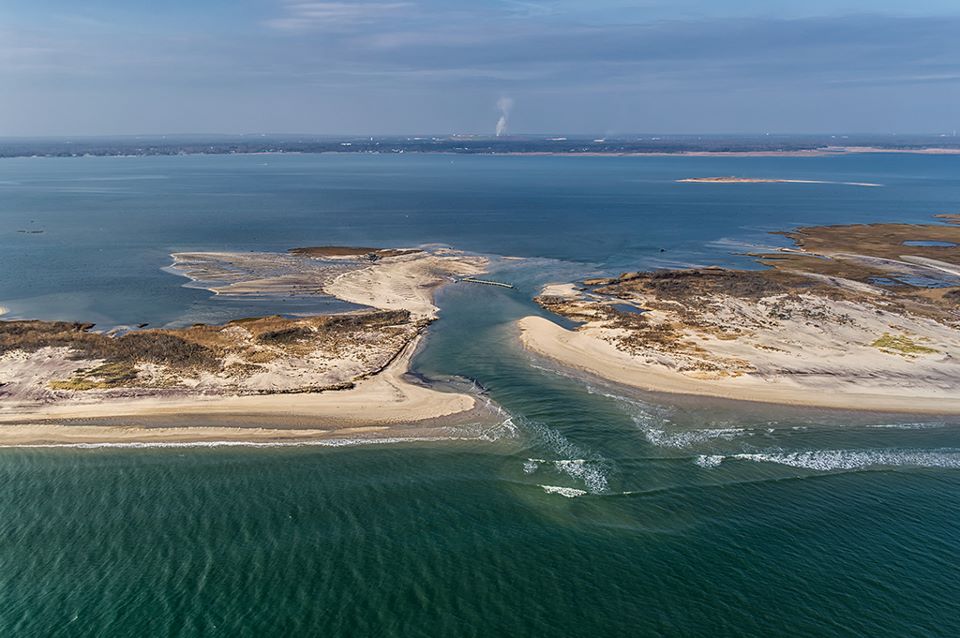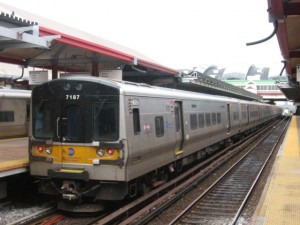

Officials announced plans to close Long Island barrier beach breaches caused by Hurricane Sandy at Cupsogue park in Westhampton and Smith Point park in Shirley, but the National Park Service has yet to announce plans for this third breach in a Fire Island preserve (FINS).
Closing two of Long Island’s barrier island breaches that formed on either side of the Moriches Inlet during Superstorm Sandy will cost more than $7 million combined, not including the price tag for a third breach on Fire Island.
New York State Department of Environmental Conservation and U.S. Army Corp. of Engineers leaders offered the estimate Friday while touring the breach at Cupsogue County Park at the western tip of Dune Road in Westhampton. They announced plans to repair that breach and another one nearby in Smith Point County Park on the eastern end of Fire Island—but there are no plans yet for the third.
“We’re looking forward to closing the breaches swiftly,” said Col. Paul Owen, commander of the U.S. Army Corps of Engineers’ New York District.
Great Lakes Dredging rerouted a ship from Shinnecock Inlet to Cupsogue to start the repair work immediately. Another company will be tapped for the Smith Point job.
The Cupsogue breach, which is 1,000-feet wide, will cost $6 million to fix while the 50-yard breach at Smith Point will cost $1.25 million, officials said. The federal government will pay 60 percent with New York and Suffolk County splitting the rest 70-30. Waiting to fix the breaches could cause them to widen, increasing repair costs.
A Fire Island National Seashore (FINS) spokeswoman said the agency is monitoring the third breach near Old Inlet in the Otis Pike High Dune Wilderness Area, an 8-mile federal preserve. FINS, a unit of the National Park Service (NPS), has yet to authorize repairs there and will issue a statement addressing the issue soon, the spokeswoman said.
Sen. Charles Schumer (D-NY) is calling on NPS to “drop any environmental objections” to closing that breach. He and local officials will urge the breach’s immediate closure at a Monday morning news conference.
“Allowing the breach to remain open puts communities all along the south shore of Long Island immediately at greater risk of flooding,” Schumer said.
DEC Commissioner Joe Martens also warned of a breach’s likelihood to flood southern mainland LI. He said the first two repair jobs were expedited “so we can begin the recovery process for Long Island’s beaches.”






